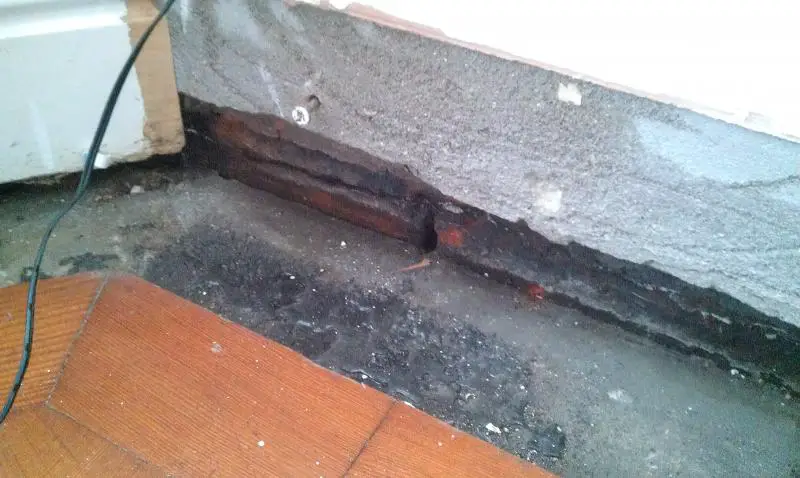If you carefully levered off the architrave ( cut the paint with a utility knife ) nearest the damp, you could look to see if damp/moisture is present at a high level.
The main suspect is the solid floor: there's no evidence of a membrane, and you report damp in other floor wall area's, so damp may indeed be rising. Is the mortar in the brick/blockwork crumbly?
With a solid floor, the plaster/render should stop short of touching the concrete. Perhaps if you removed and examined short lengths of skirting in suspect area(s).
Test all your pipework and rad valves ( upstairs and down ) with paper towel to pick up any faint moisture traces.
Sometimes there's no clear course of long lasting action.
Thanks - this is what I was thinking too - I am going to hack back the plaster.
Any idea what the smell from the parquet could be? Short of ripping the lot up including floor I am not sure what to do.







